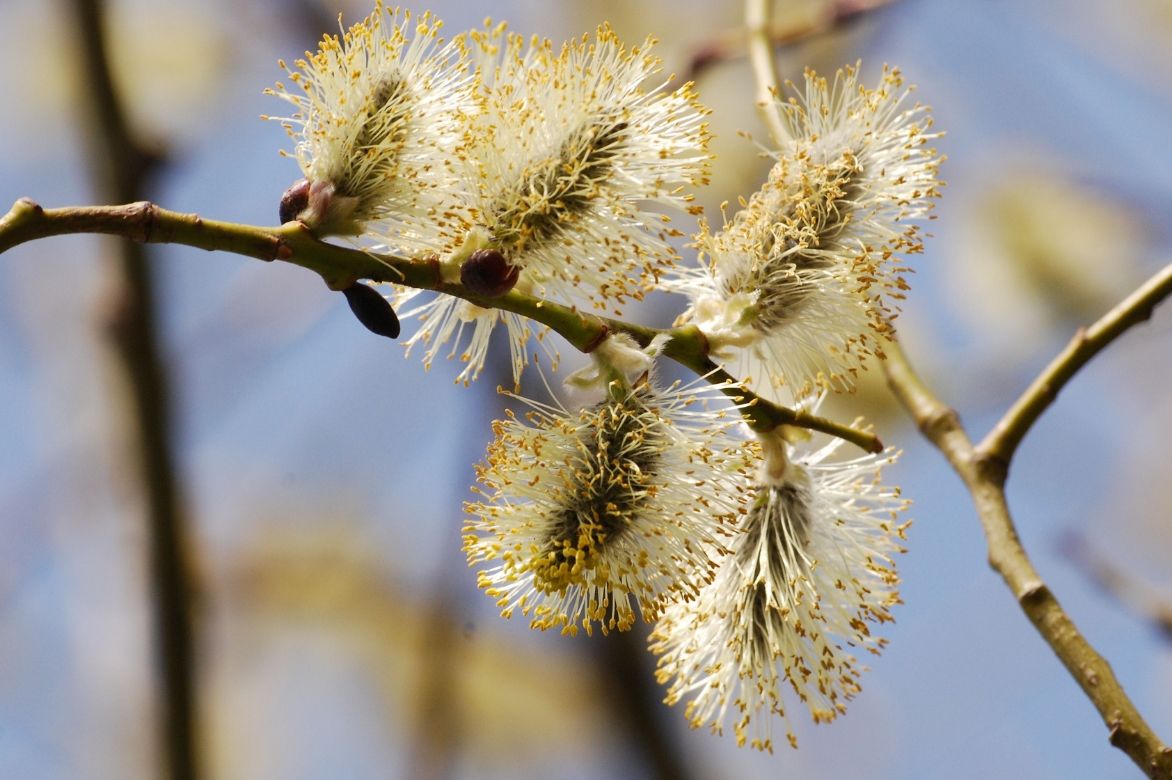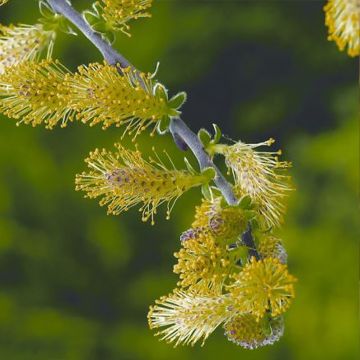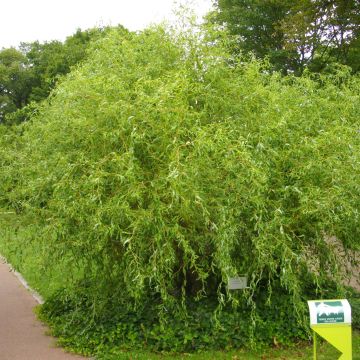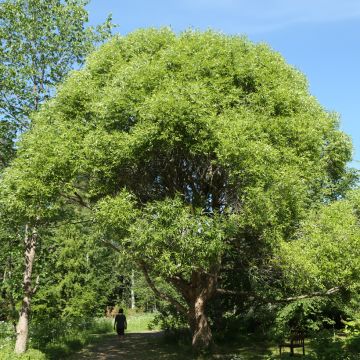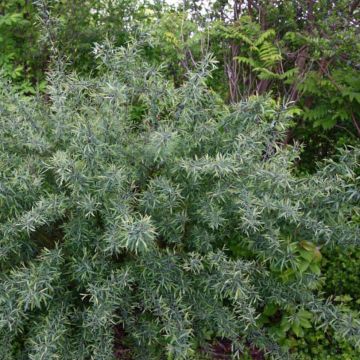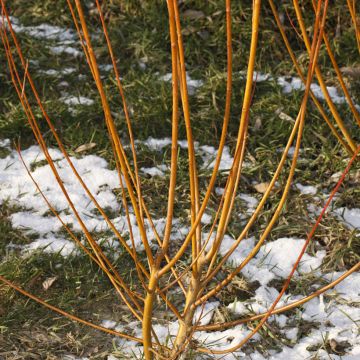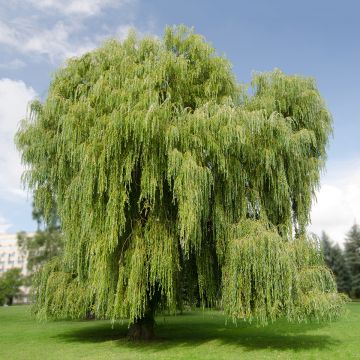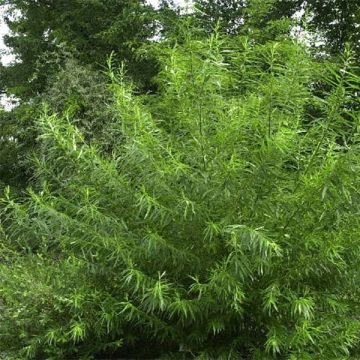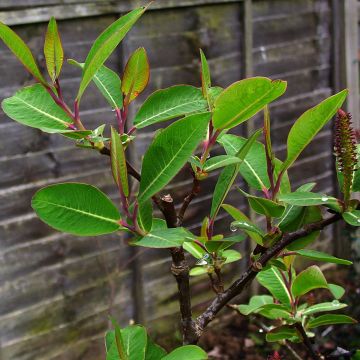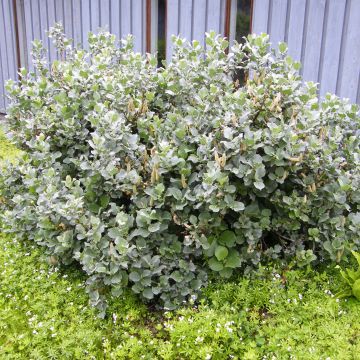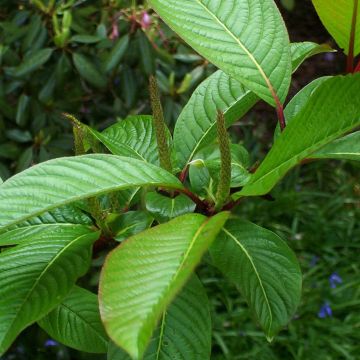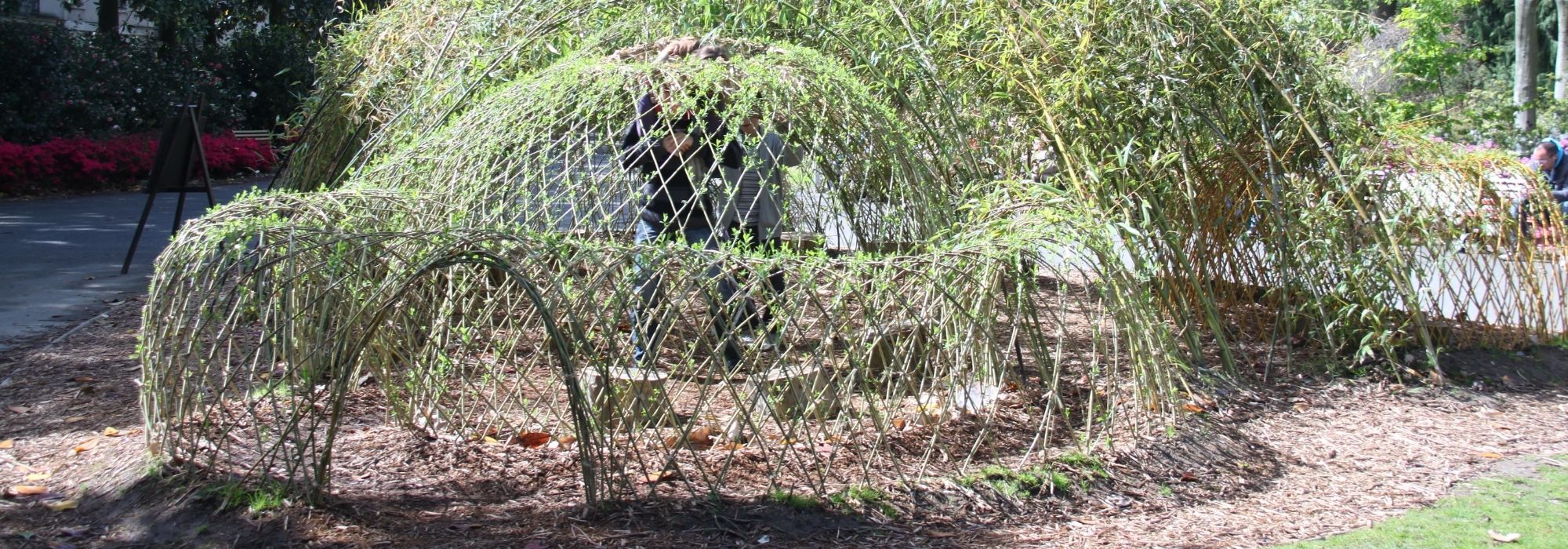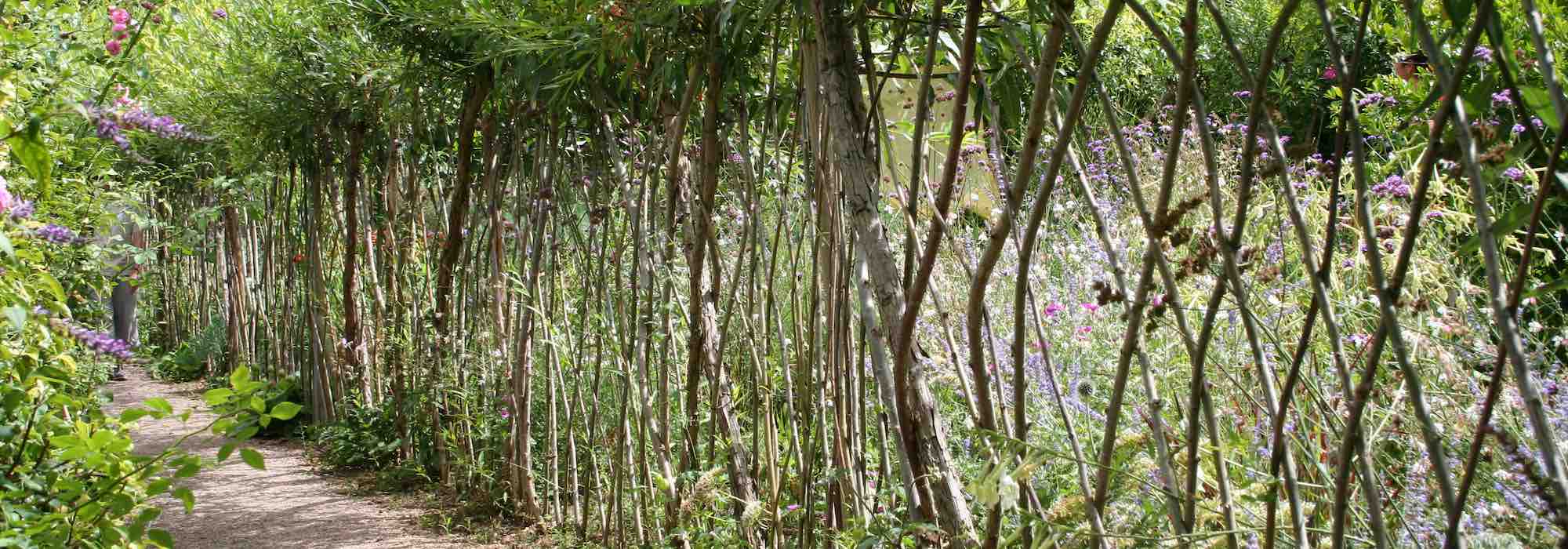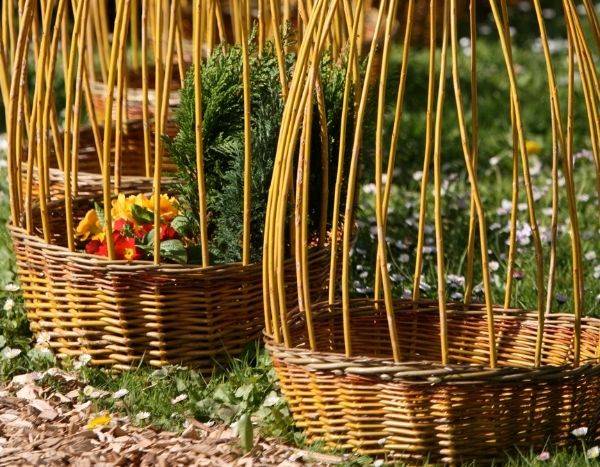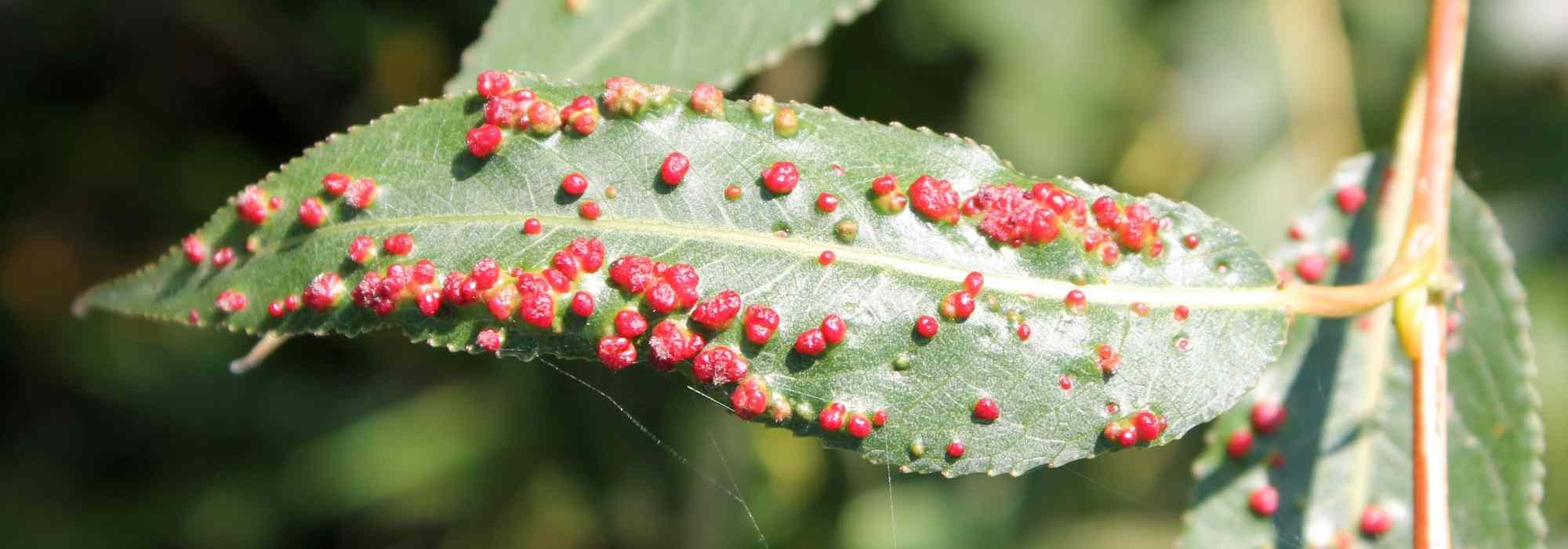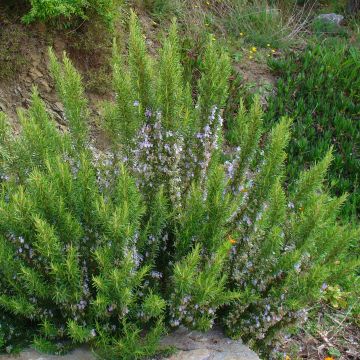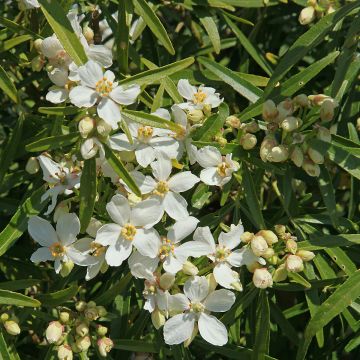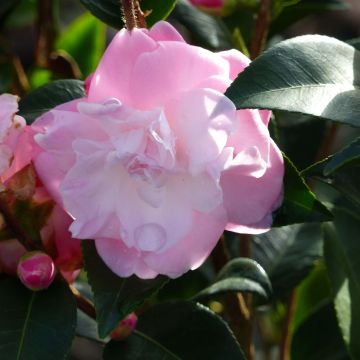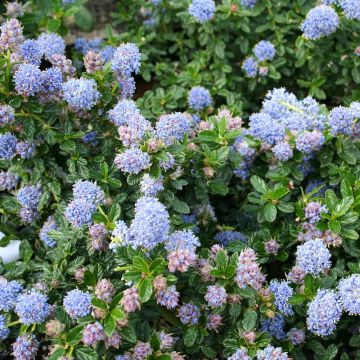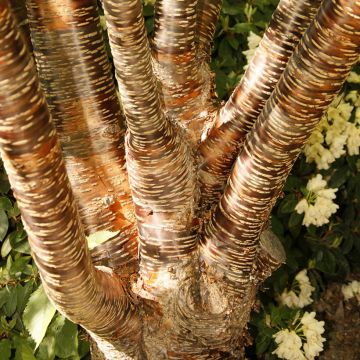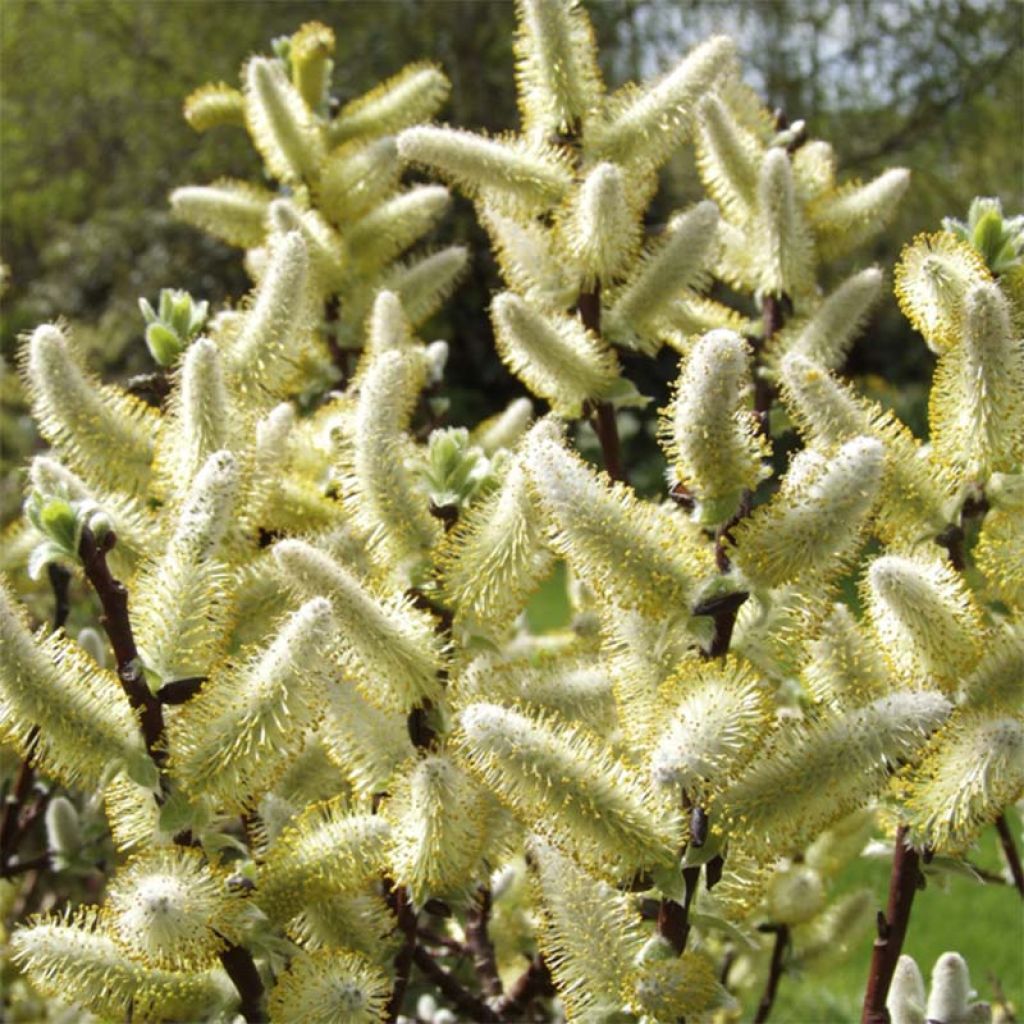

Salix hastata Wehrhahnii - Saule hasté
Salix hastata Wehrhahnii - Willow
Salix hastata Wehrhahnii
Hastate-leaved Willow, Silver-leaved Willow
Very cute little bush, we love its numerous aments in the spring.
Elisabeth, 01/05/2021
Special offer!
Receive a €20 voucher for any order over €90 (excluding delivery costs, credit notes, and plastic-free options)!
1- Add your favorite plants to your cart.
2- Once you have reached €90, confirm your order (you can even choose the delivery date!).
3- As soon as your order is shipped, you will receive an email containing your voucher code, valid for 3 months (90 days).
Your voucher is unique and can only be used once, for any order with a minimum value of €20, excluding delivery costs.
Can be combined with other current offers, non-divisible and non-refundable.
Home or relay delivery (depending on size and destination)
Schedule delivery date,
and select date in basket
This plant carries a 24 months recovery warranty
More information
We guarantee the quality of our plants for a full growing cycle, and will replace at our expense any plant that fails to recover under normal climatic and planting conditions.

Would this plant suit my garden?
Set up your Plantfit profile →
Description
Salix hastata 'Wehrhahnii' is a delightful variety of dwarf willow, selected for its abundant flowering. This lovely little shrub, wider than it is tall, develops numerous branches of a curious wine-red colour that are adorned in early spring with an abundance of large silvery catkins, surrounded by gold when ripe, at the same time as its green and velvety foliage appears. Well suited to small gardens, it thrives in sunny, well-drained borders and even in large, cool rockeries. Its branches covered in large silky catkins are stunning in bouquets.
Salix hastata belongs to the salicaceae family. It is a deciduous species native to wet mountain pastures in Europe and Central Asia. The 'Wehrhahnii' cultivar was discovered in a region of the Swiss Alps called Engadine. This small-sized bush exhibits a distinctive habit, more bushy than shrubby, composed of a multitude of knotty and branched stems near the ground. At maturity, this tiny willow will not exceed 1m (3ft) in height and 1m (3ft) 20cm (8in) in width. The young branches are covered in dark red to purplish bark, which becomes greyish over time. The deciduous foliage consists of alternate leaves, either elliptical or lanceolate, measuring between 3 and 8cm (1 and 3in) in length. The leaf has a marked mid-vein and is a matte dark green colour, covered in silky hairs when it buds. The highly ornamental and particularly abundant flowering takes place in April-May, sometimes just before the appearance of the leaves, but most often at the same time depending on the climate. The male flowers of this cultivar are grouped in egg-shaped catkins that elongate to measure 7cm (3in) in length, initially silvery and silky, releasing numerous golden-yellow stamens. This flowering is appreciated by bees that come to collect pollen and nectar.
Equally charming when planted alone, in borders or as a low hedge, hastate willow 'Wehrhahnii', with its knotty and colourful wood, possesses the unique and somewhat rugged charm of mountain plants. Its spring flowering is enchanting: it will be enhanced in a rocky environment, a border of plants chosen for their robustness, or a meadow of flowers. The sculptural design of its red branches, covered in catkins, also has its place in contemporary, urban, and small gardens. Pruning every three years after flowering encourages it to become bushier and produce numerous flowering branches. For example, you can plant 'Wehrhahnii' willow with perennial plants and shrubs from mountainous regions such as savory, helianthemums, Cytisus purpureus, Arabis, Alyssum, or campanulas. In an informal with well-drained soil that remains moist, it can be combined with spring-flowering shrubs such as flowering cherries, ornamental apple trees, or purple Berberis. Consider creating bouquets with its branches adorned with silvery and then golden aments. In a vase, they beautifully accompany those from flowering cherries and plum trees that will open in the warmth of the house.
Salix hastata Wehrhahnii - Willow in pictures
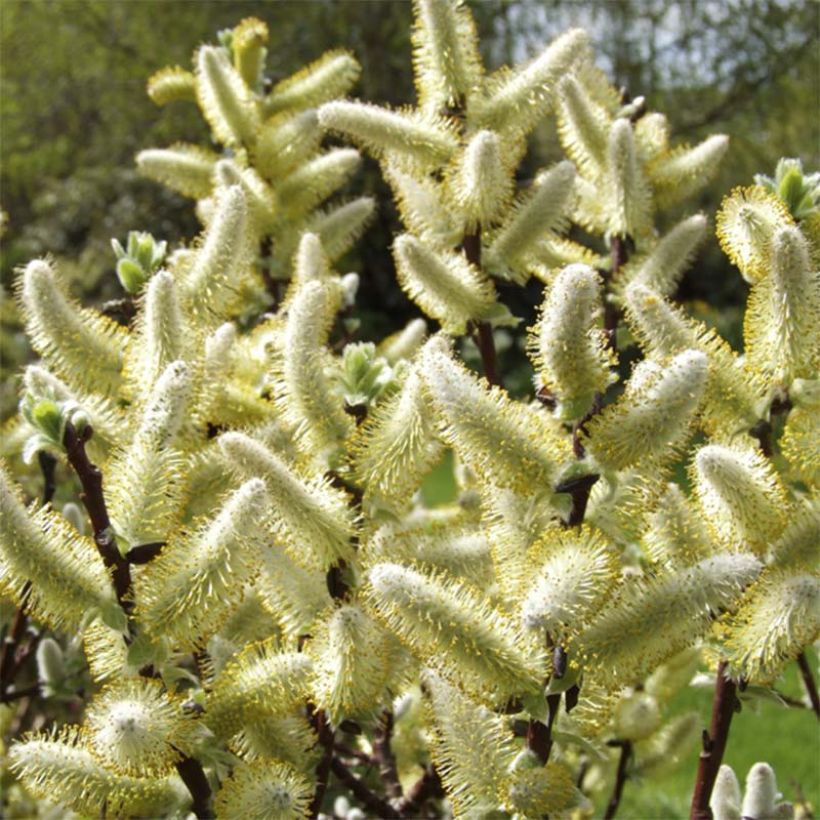

Plant habit
Flowering
Foliage
Botanical data
Salix
hastata
Wehrhahnii
Salicaceae
Hastate-leaved Willow, Silver-leaved Willow
Cultivar or hybrid
Other Willow - Salix
View all →Planting and care
Plant Hastate Willow 'Wehrhahnii' in autumn, in a very sunny location. It requires well-drained soil, preferably slightly acidic, neutral to limestone which remains moist throughout the year. This mountain willow dislikes heatwaves and overly dry soils. Ideally, at planting, use a mixture composed of half compost and half garden soil mixed with coarse sand if your soil is clayey and heavy. It is perfectly resistant to cold and severe frosts. To promote a bushy habit and the formation of catkin-bearing branches, prune every 2 or 3 years after flowering.
Willow diseases and pests:
The leaves and branches are susceptible to various fungal diseases. Collect all the leaves in autumn, burn them, and treat with Bordeaux mixture. Many insects such as aphids, willow leaf beetles, and caterpillars devour the foliage.
Planting period
Intended location
Care
Planting & care advice
-
, onOrder confirmed
Reply from on Promesse de fleurs
Similar products
Haven't found what you were looking for?
Hardiness is the lowest winter temperature a plant can endure without suffering serious damage or even dying. However, hardiness is affected by location (a sheltered area, such as a patio), protection (winter cover) and soil type (hardiness is improved by well-drained soil).

Photo Sharing Terms & Conditions
In order to encourage gardeners to interact and share their experiences, Promesse de fleurs offers various media enabling content to be uploaded onto its Site - in particular via the ‘Photo sharing’ module.
The User agrees to refrain from:
- Posting any content that is illegal, prejudicial, insulting, racist, inciteful to hatred, revisionist, contrary to public decency, that infringes on privacy or on the privacy rights of third parties, in particular the publicity rights of persons and goods, intellectual property rights, or the right to privacy.
- Submitting content on behalf of a third party;
- Impersonate the identity of a third party and/or publish any personal information about a third party;
In general, the User undertakes to refrain from any unethical behaviour.
All Content (in particular text, comments, files, images, photos, videos, creative works, etc.), which may be subject to property or intellectual property rights, image or other private rights, shall remain the property of the User, subject to the limited rights granted by the terms of the licence granted by Promesse de fleurs as stated below. Users are at liberty to publish or not to publish such Content on the Site, notably via the ‘Photo Sharing’ facility, and accept that this Content shall be made public and freely accessible, notably on the Internet.
Users further acknowledge, undertake to have ,and guarantee that they hold all necessary rights and permissions to publish such material on the Site, in particular with regard to the legislation in force pertaining to any privacy, property, intellectual property, image, or contractual rights, or rights of any other nature. By publishing such Content on the Site, Users acknowledge accepting full liability as publishers of the Content within the meaning of the law, and grant Promesse de fleurs, free of charge, an inclusive, worldwide licence for the said Content for the entire duration of its publication, including all reproduction, representation, up/downloading, displaying, performing, transmission, and storage rights.
Users also grant permission for their name to be linked to the Content and accept that this link may not always be made available.
By engaging in posting material, Users consent to their Content becoming automatically accessible on the Internet, in particular on other sites and/or blogs and/or web pages of the Promesse de fleurs site, including in particular social pages and the Promesse de fleurs catalogue.
Users may secure the removal of entrusted content free of charge by issuing a simple request via our contact form.
The flowering period indicated on our website applies to countries and regions located in USDA zone 8 (France, the United Kingdom, Ireland, the Netherlands, etc.)
It will vary according to where you live:
- In zones 9 to 10 (Italy, Spain, Greece, etc.), flowering will occur about 2 to 4 weeks earlier.
- In zones 6 to 7 (Germany, Poland, Slovenia, and lower mountainous regions), flowering will be delayed by 2 to 3 weeks.
- In zone 5 (Central Europe, Scandinavia), blooming will be delayed by 3 to 5 weeks.
In temperate climates, pruning of spring-flowering shrubs (forsythia, spireas, etc.) should be done just after flowering.
Pruning of summer-flowering shrubs (Indian Lilac, Perovskia, etc.) can be done in winter or spring.
In cold regions as well as with frost-sensitive plants, avoid pruning too early when severe frosts may still occur.
The planting period indicated on our website applies to countries and regions located in USDA zone 8 (France, United Kingdom, Ireland, Netherlands).
It will vary according to where you live:
- In Mediterranean zones (Marseille, Madrid, Milan, etc.), autumn and winter are the best planting periods.
- In continental zones (Strasbourg, Munich, Vienna, etc.), delay planting by 2 to 3 weeks in spring and bring it forward by 2 to 4 weeks in autumn.
- In mountainous regions (the Alps, Pyrenees, Carpathians, etc.), it is best to plant in late spring (May-June) or late summer (August-September).
The harvesting period indicated on our website applies to countries and regions in USDA zone 8 (France, England, Ireland, the Netherlands).
In colder areas (Scandinavia, Poland, Austria...) fruit and vegetable harvests are likely to be delayed by 3-4 weeks.
In warmer areas (Italy, Spain, Greece, etc.), harvesting will probably take place earlier, depending on weather conditions.
The sowing periods indicated on our website apply to countries and regions within USDA Zone 8 (France, UK, Ireland, Netherlands).
In colder areas (Scandinavia, Poland, Austria...), delay any outdoor sowing by 3-4 weeks, or sow under glass.
In warmer climes (Italy, Spain, Greece, etc.), bring outdoor sowing forward by a few weeks.






























